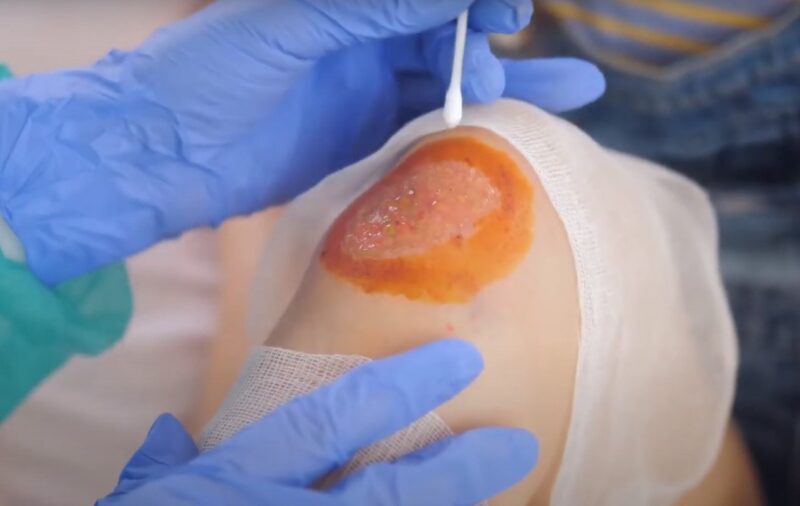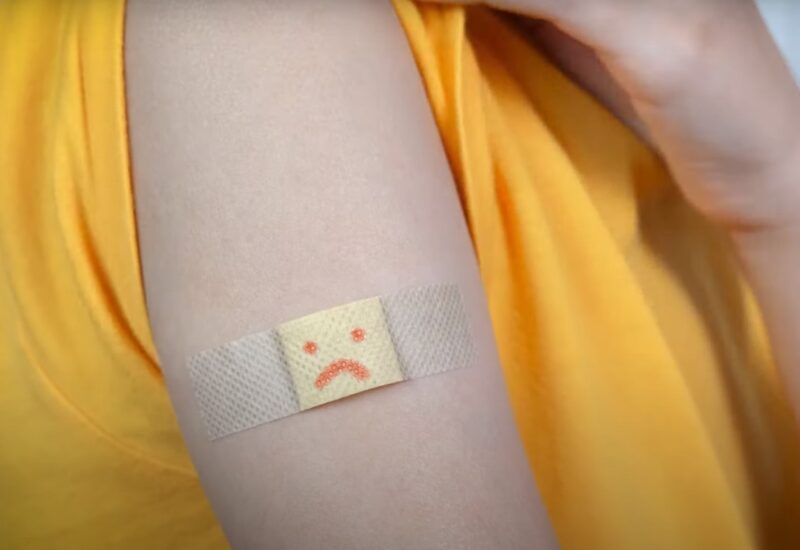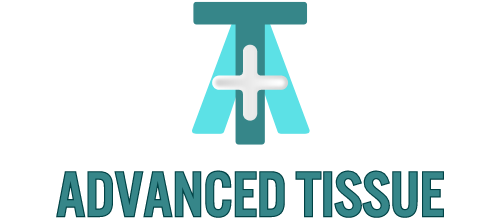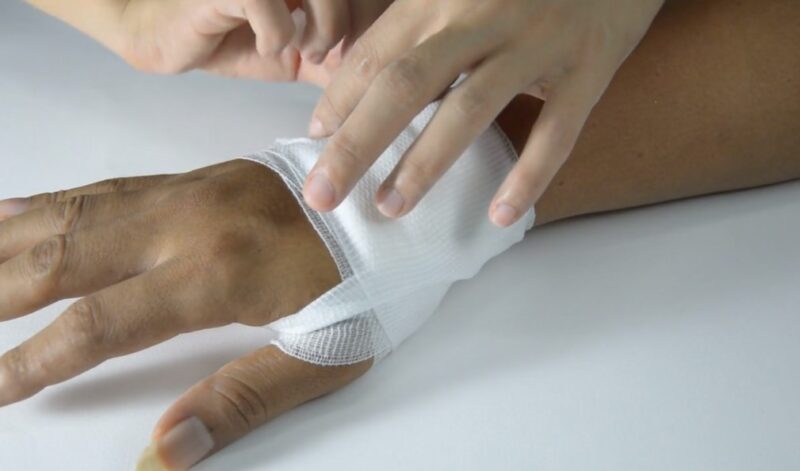To know if your wound care is working, monitor the wound healing process for these signs.
Different wound types require different treatment methods. If your wound healing process begins to slow or reverse itself, certain signs may indicate improper care methods or require the use of different wound care products. Knowing the positive and negative signs to look for will help ensure that your wounds are healing properly.
Signs the Wound Healing Process Is Working

Every wound goes through several stages of healing. Small cuts and scrapes typically heal faster than larger wounds such as burns, ulcers, and surgical wounds. Look for the signs below to ensure your wound is healing properly:
- Scab formation: Cuts, scrapes, and puncture wounds typically undergo three stages of healing: bleeding, clotting, and scab formation. More advanced wounds require periods for tissue repair and re-growth. Significant or prolonged bleeding and the lack of scab formation indicate the need for advanced medical care.
- Initial swelling: Swelling occurs as a result of your immune system working to repair your wound. You may notice a clear fluid coming from the wound, which helps to clean and disinfect the damaged skin. Redness, swelling, and tenderness may occur as blood vessels widen to ease blood flow and the delivery of oxygen, vitamins, and minerals to your wound. This stage typically lasts no longer than one week and swelling should subside soon after.
- New tissue growth: After swelling subsides, new tissue should begin to form. You should see new skin forming over the wound, and the exposed wound should shrink. This process usually lasts two to three weeks, but deeper and more severe wounds may require more healing time.
- Scar formation: Deeper cuts, scrapes, and burns often result in scarring, which can last for several years. This is typically the final stage of the wound-healing process. The initial scab is replaced by a scar, and you may notice that the new skin feels tougher and less elastic. Depending on the severity of the wound, the scar may gradually fade away.
Signs the Wound Healing Process Isn’t Working

The rate at which a wound heals depends on its type and severity as well as the wound care treatment employed to help you heal. If you follow your doctor’s instructions and utilize your wound care supplies correctly, the wound healing process should prove successful.
Individual factors such as age and underlying medical conditions also play a role, as do lifestyle choices such as diet, exercise, smoking, and alcohol use. If you experience any of the following symptoms of improper wound healing, contact your doctor immediately:
- Worsening or no changes in pain: While some wounds can remain painful at the start of healing, worsening pain or lack of relief over many days indicates a non-healing wound.
- Foul odor: A strange or unpleasant smell may indicate dead tissue or necrosis. Avoid applying scent-masking products to the wound, which can interfere with the healing process and lead to other complications. If your prescribed wound care supplies are not reducing odor, you may have an infection or other wound complication.
- Thick discharge: You may notice a clear fluid coming from your wound at the start of the wound healing process; this is normal. However, if the wound emits a thick, yellowish liquid, it is likely infected. Carefully wash away the discharge with warm water and soap, and consult with your doctor. Avoid scrubbing, peeling, or aggravating your wound.
- Significant swelling or redness: Wounds typically swell or redden slightly at the start of healing, but should improve after several days. Worsening swelling or redness, commonly accompanied by pain, usually indicates poor healing.
- Prolonged fever: A fever of over 100 degrees F lasting for more than four hours indicates more serious complications. Contact your doctor immediately.
- The 30-day rule: Most non-life-threatening wounds typically heal (or are close to being healed) after 30 days. If little or no improvement occurs during this period, seek additional care.
If you have questions or concerns about your wound, do not attempt to handle it alone. Contact your physician and seek medical attention when necessary.
FAQ
1. Can certain vitamins or supplements speed up wound healing?
Specific vitamins like Vitamin C and Zinc are known to aid in wound healing, but always consult with a healthcare professional before starting any supplements.
2. How does smoking or alcohol consumption affect wound healing?
Smoking and excessive alcohol consumption can significantly delay wound healing due to reduced blood flow and other negative health impacts.
3. Is there a difference in wound healing between children and adults?
Yes, children often heal faster than adults due to their higher metabolic rates and more robust regenerative capabilities.
4. Are there any specific foods to avoid during the wound healing process?
Foods high in sugar and saturated fats may impede healing, whereas a balanced, nutrient-rich diet can support it.
5. Can stress impact the wound healing process?
High levels of stress can negatively affect wound healing by altering hormone levels and immune response.
6. How important is sleep in the wound healing process?
Adequate sleep is crucial for wound healing as it allows the body to repair itself more effectively.
7. How does hydration affect wound healing?
Staying well-hydrated is essential for wound healing as it helps in cell function and regeneration.
Bottom Line
Effective wound management is crucial for a swift and safe recovery. Understanding the signs of healing and recognizing symptoms of complications are key. Stay vigilant, maintain good hygiene, and always seek professional medical advice when in doubt. Your health and well-being depend on proactive and informed wound care.







